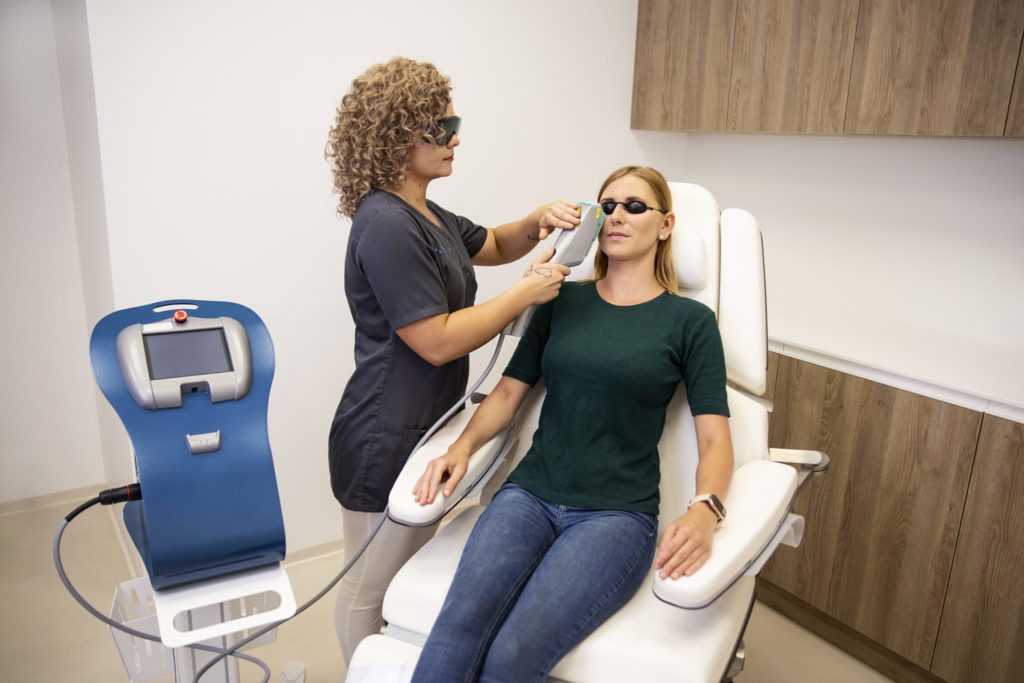What is dry eye disease?
Dry eye is one of the most common conditions affecting the eye. A multifactorial illness which leads to serious subjective problems and possible worsening of vision, dry eye disease has a complicated clinical presentation. Eye conditions and a whole array of other factors associated with the patient’s overall health, occupation, genetic predisposition, and the outdoor environment can all contribute to the onset of dry eye disease.
Dry eye is characterised by ocular symptoms and a changed surface of the eye, which are triggered by tear film instability or tear hyperosmolarity. The tear film is the first optical interface between the air and the eye, lubricating and cleaning the surface of the eye. It also protects the cornea, has an antibacterial effect, maintains homeostasis of the surface, and provides a small amount of nutrients to the corneal epithelium.


To better understand dry eye disease, it is important to understand the anatomy of the tear film, which is composed of three basic layers:
- Lipid layer (outer, oily)
- Aqueous layer (middle, water)
- Mucous or mucin layer (inner layer, which is in contact with the cornea)
Each of these layers plays an important role in ensuring that the surface of the eye is lubricated properly and sufficiently. Each layer is produced in different types of glands, and impaired production of any of these layers may lead to dry eye disease. However, up to 86% of dry eye cases are due to excessive evaporation of the aqueous layer. This in turn is caused by insufficient production of outer tear film lipids, whose role is to slow the rate of tear evaporation. The lipid layer is produced in the meibomian glands, located in the upper and lower eyelids. When these glands are not functioning properly and cannot create a sufficient lipid layer, tears evaporate up to sixteen times faster than normal.
Clients suffering from dry eye syndrome may feel increased discomfort during or after certain activities, such as watching television, reading, or working on a computer or smartphone.
